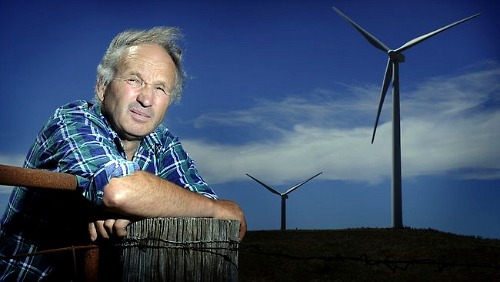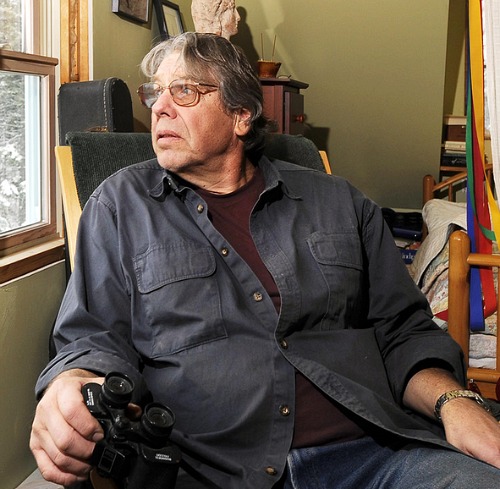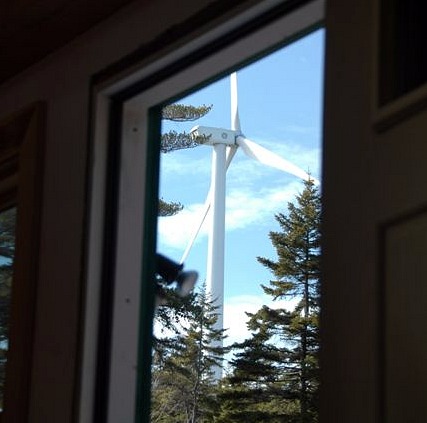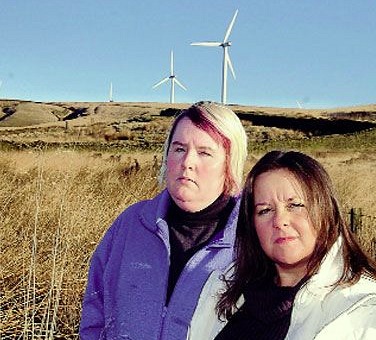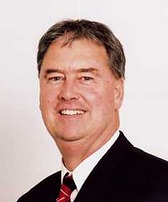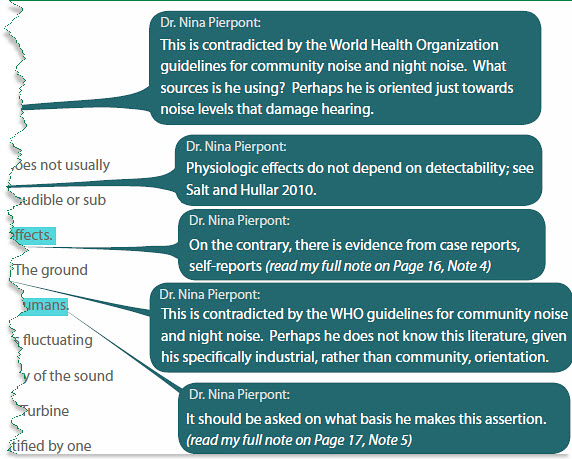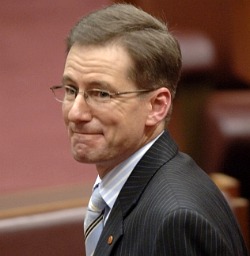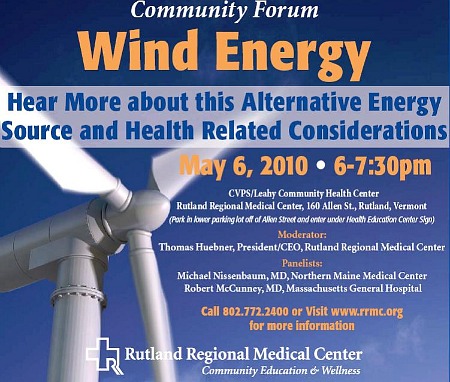China is dying for the sins of our “clean, green” wind turbines (UK)
“The true cost of the clean, green wind power experiment: Pollution on a disastrous scale”
·
This toxic lake poisons Chinese farmers, their children and their land. It is what’s left behind after making the magnets for Britain’s [plus the rest of the world’s] latest wind turbines, and is merely one of a multitude of environmental sins committed in the name of our new green Jerusalem”
—Simon Parry in China & Ed Douglas in Scotland, The DailyMail Online Live (1/29/11)
On the outskirts of one of China’s most polluted cities, an old farmer stares despairingly out across an immense lake of bubbling toxic waste covered in black dust. He remembers it as fields of wheat and corn.

The lake of toxic waste at Baotou, China, which as been dumped by the rare earth processing plants in the background.
Yan Man Jia Hong is a dedicated Communist. At 74, he still believes in his revolutionary heroes, but he despises the young local officials and entrepreneurs who have let this happen.
‘Chairman Mao was a hero and saved us,’ he says. ‘But these people only care about money. They have destroyed our lives.’
Vast fortunes are being amassed here in Inner Mongolia; the region has more than 90 per cent of the world’s legal reserves of rare earth metals, and specifically neodymium, the element needed to make the magnets in the most striking of green energy producers, wind turbines.
[The DailyMail Online] Live has uncovered the distinctly dirty truth about the process used to extract neodymium: it has an appalling environmental impact that raises serious questions over the credibility of so-called green technology.

